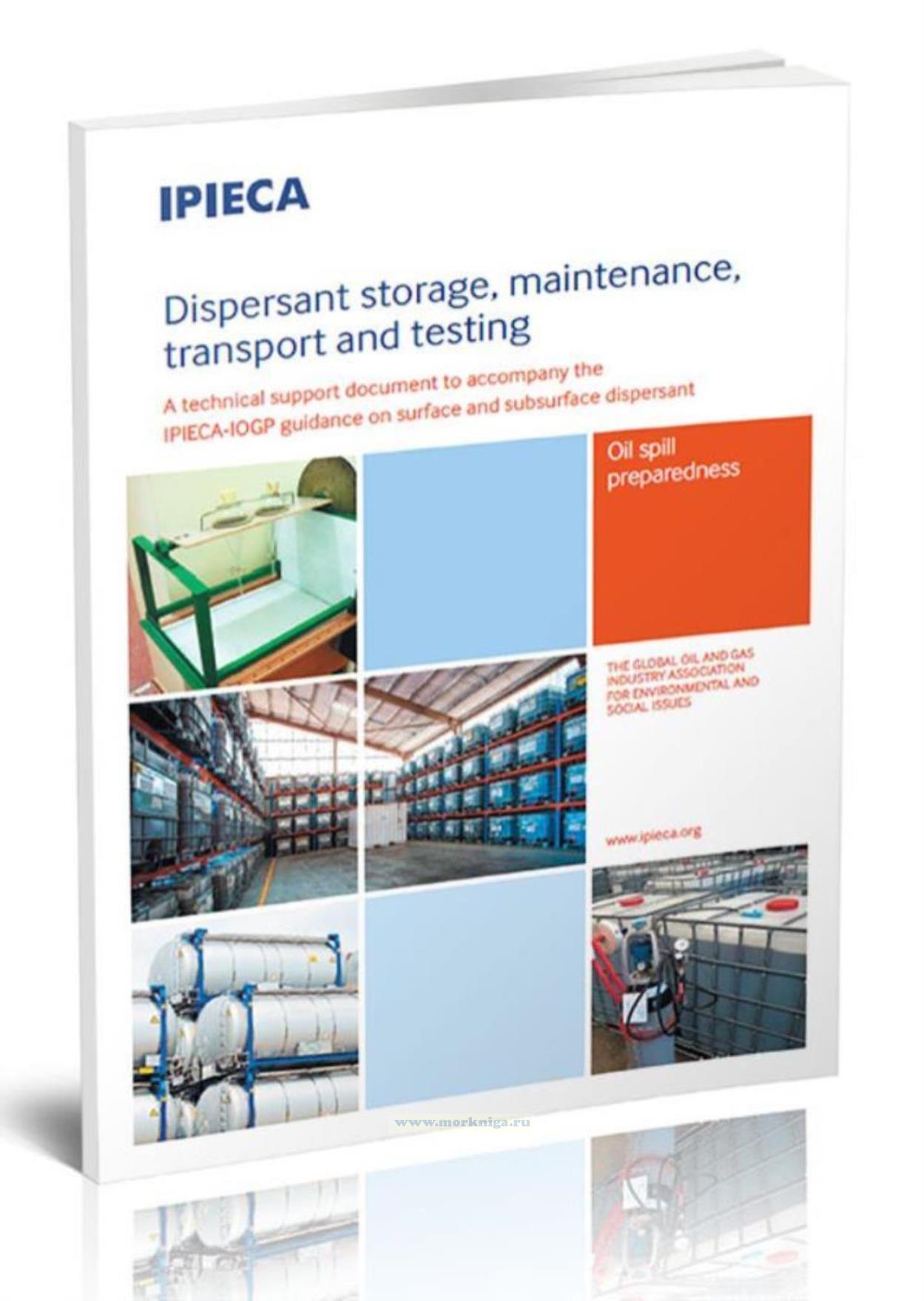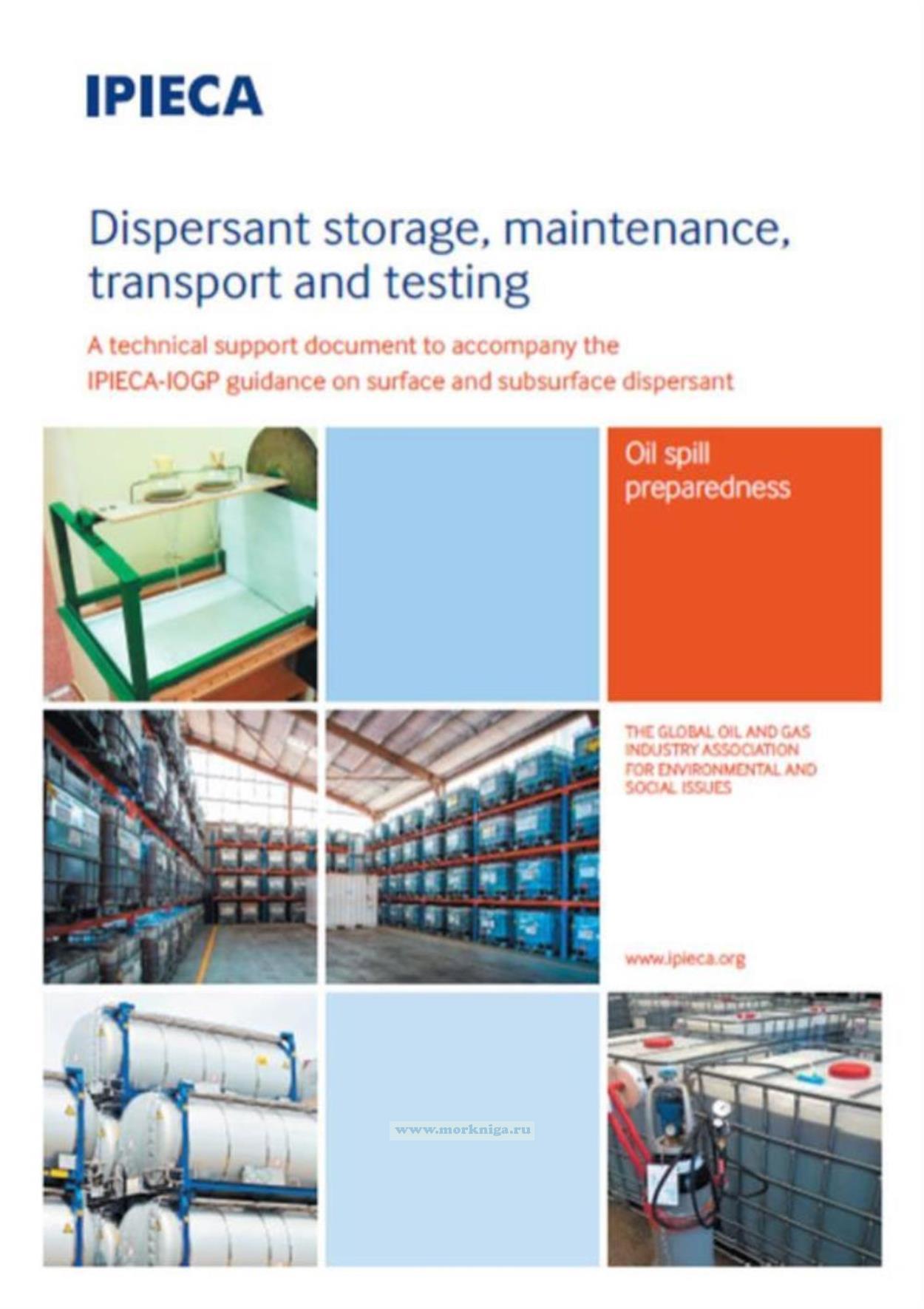Сб с 10 до 16
Dispersant storage, maintenance, transport and testing/Хранение, техническое обслуживание, транспортировка и испытания диспергатора
Книга на английском языке.
Dispersant use can mitigate the overall impact of an oil spill by removing oil from the sea’s surface (or avoiding oil surfacing in the case of subsea use), thereby protecting marine mammals, birds, coastal habitats and shorelines.
Dispersant can also improve responder health and safety by reducing the concentrations of volatile organic compounds in the vicinity of a release, particularly in subsea scenarios. Their use can, however, result in a short-term increase in hydrocarbon exposure for aquatic organisms residing in the water column proximal to the dispersant application. Dispersants enhance the natural biodegradation processes that break down oil.
This report examines the considerations for storage, maintenance, transportation and retesting of dispersant stocks.
Contents
Section 1: Introduction
Section 2: Key guidance and recommendations
Section 3: Composition of dispersants
Section 4: Hazard classification and labelling
Section 5: Shelf life
Section 6: Storage
Container types
Drums
Intermediate bulk containers (IBCs)
Bulk tanks
Construction materials
Storage facilities
Contingency for possible leakage
Stacking
Section 7: Maintenance
Visual checks
Stock control
Container replacement
Documentation
Section 8: Retesting
Physical properties
Efficacy
Periodic retesting
Test methodology
Section 9: Disposal
Annex 1: Visual inspection checklist
Annex 2: The Globally Harmonized System of
Classification and Labelling of Chemicals (GHS)

